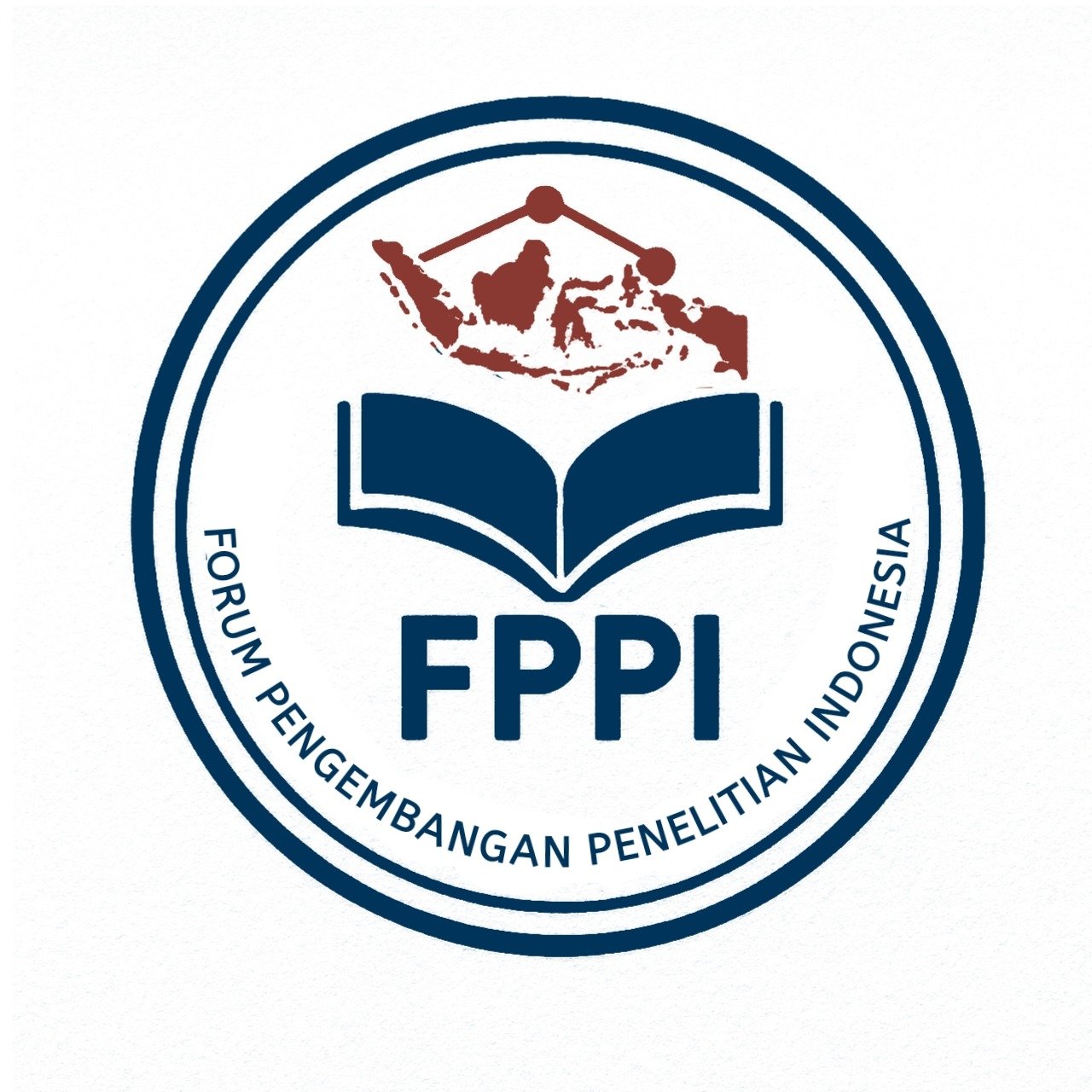Kajian Standar Pelayanan Minimum dan Kualitas Pelayanan di Stasiun Surabaya Pasar Turi
DOI:
https://doi.org/10.56855/jeep.v2i2.1295Keywords:
Passenger Satisfaction, Servqual, Public Transportation, Station Facilities, Facility ComplianceAbstract
Surabaya Pasar Turi Station, a Class A train station, is situated in Surabaya, East Java, within the Operational Area VIII (DAOP 8) Surabaya under the management of KAI Commuter. This station serves a substantial number of passengers and plays a critical role in regional transportation. To enhance passenger satisfaction, it is essential to align service delivery with user priorities, provide facilities that meet established standards, and ensure high-quality services. This study evaluates the conformity of station facilities with Indonesian Regulation PM 63 of 2019 and examines the quality of services provided to passengers. Using the Service Quality (Servqual) method, the study assesses the gap between passenger expectations and actual experiences, identifying critical areas for improvement to optimize passenger satisfaction. Data were collected through the distribution of questionnaires comprising 15 service attributes to station passengers. Observational findings indicate several non-compliant facilities, such as the platform height at Line IV exceeding regulatory standards, the canopy on Platform IV not matching its length, and the insufficient availability of fire extinguishers (APAR) in the waiting area. Service Quality analysis reveals that while passengers are generally satisfied, specific indicators require improvement. The three key areas identified for enhancement include the adequacy of the waiting room, platform alignment with train height, and parking facilities. This research underscores the importance of prioritizing passenger needs and regulatory compliance to improve service quality. Addressing these deficiencies can significantly enhance passenger experiences and the operational efficiency of Surabaya Pasar Turi Station. The findings provide actionable recommendations for station management to align services with regulatory standards and passenger expectations, contributing to the overall quality of public transportation in the region.










